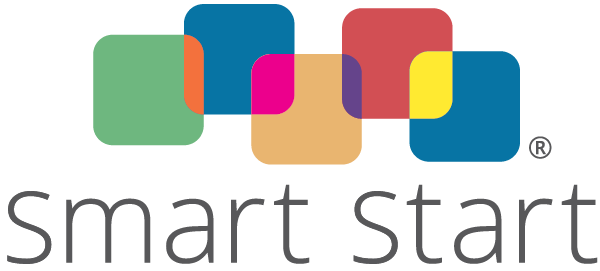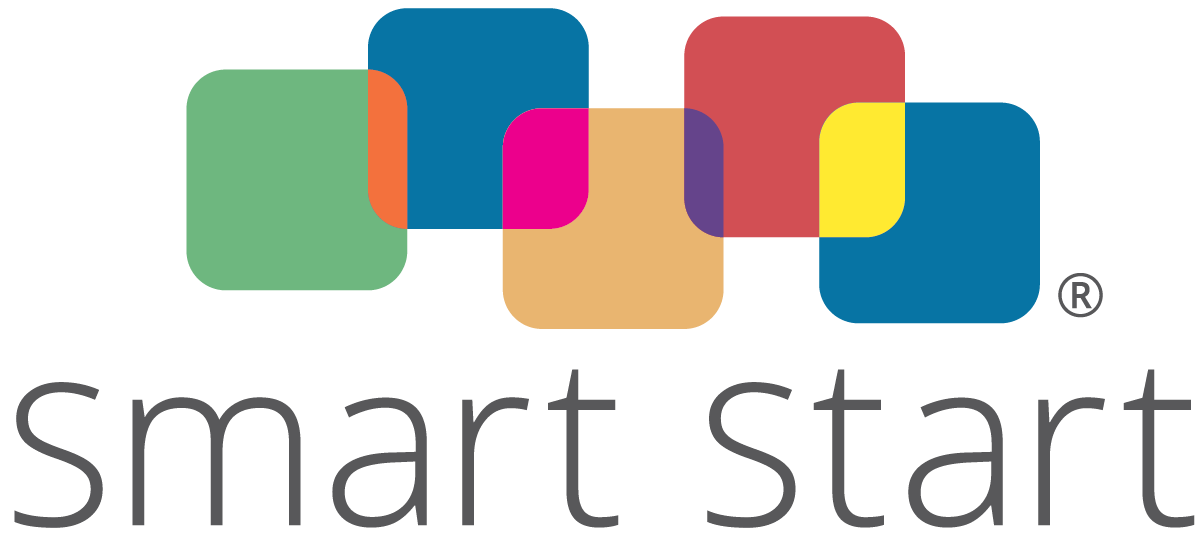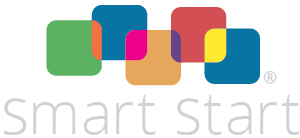Facilitating Family Engagement & Leadership Coalitions
The Early Adopters took a deep dive and analyzed the steps taken between the time they considered applying for the Preschool Development Grant for Strengthening Statewide Family Engagement, through the development of their action plans. After fine-tuning and evaluating their work, there were seven steps seen as necessary for success: 1) analyze organizational commitment (and that of a few key partners) to identify explicit alignment with other strategic priorities, 2), recruit others to join in the planning and implementation, 3) assess the current level of family communication, engagement, and leadership opportunities to identify quantity or quality improvements, 4) inspired by the state framework, determine the overall goals for an action plan, 5) co-develop a draft action plan, 6) create opportunities for non-coalition members to provide feedback, and 7) identify sustainable practices that maintain family-led planning.



